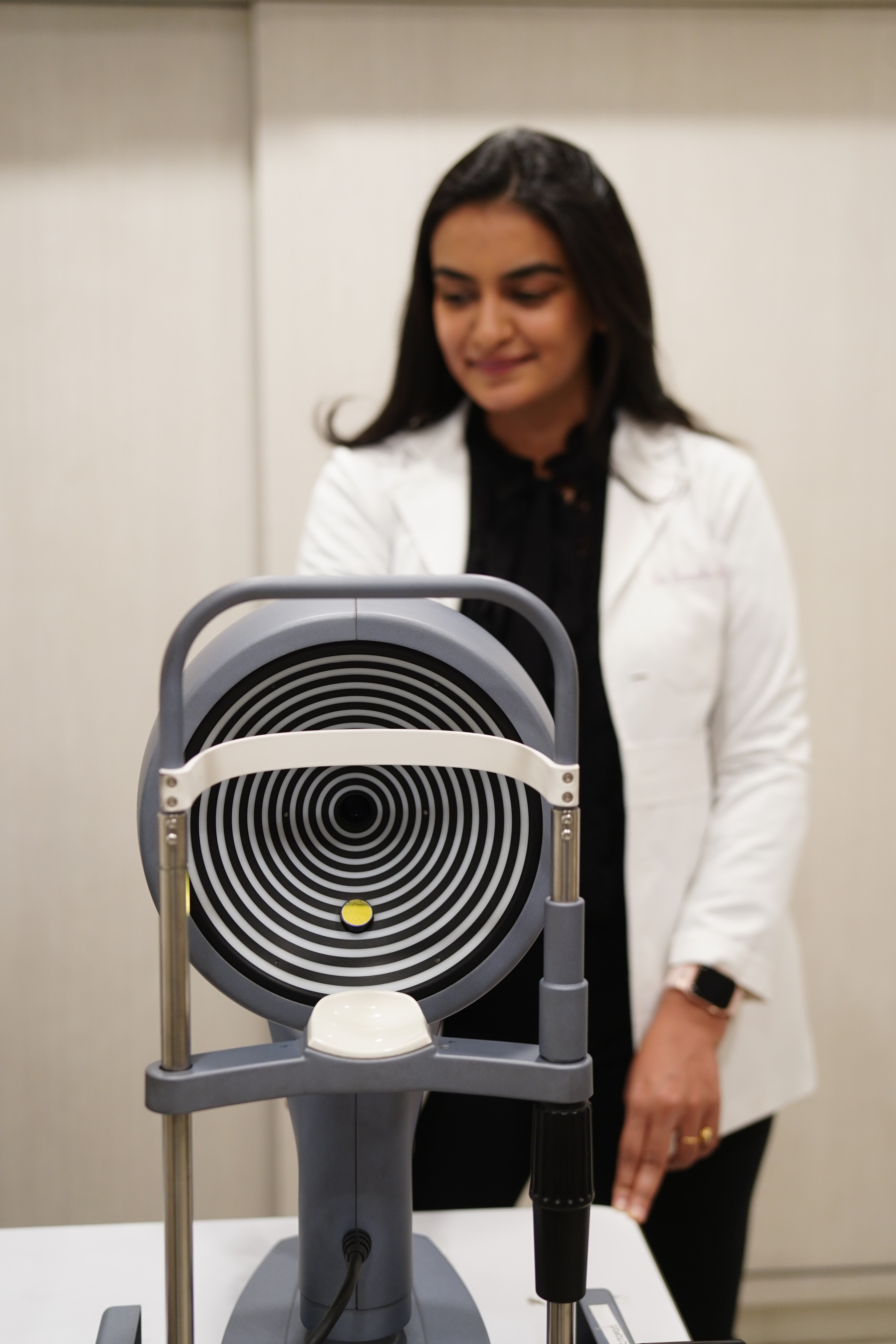What is Keratoconus?
Keratoconus is also known as conical cornea. Kerato means cornea and conus means cone like shape. Keratoconus occurs when your cornea — the clear, dome-shaped front surface of your eye — thins and gradually bulges outward into a cone shape like an egg.
A cone-shaped cornea causes blurred vision and may cause sensitivity to light and glare.
Keratoconus symptoms usually appear in the late teens or early 20s. Keratoconus may progress for 10-20 years and then slow in its progression. Each eye may be affected differently. As keratoconus progresses, the cornea bulges more and vision may become more distorted.
Left: normal cornea; right: cornea with keratoconus.
Symptoms:
- Variable reduction in visual acuity
- Image distortion
- Increase sensitivity to light and glare
- Frequent changes in glasses prescription
- Gradual vision loss
When to see Doctor?
See your Doctor (Ophthalmologist or Optometrist) if your eyesight is worsening rapidly and you are experiencing any symptoms as above so that he or she can look further for any signs of keratoconus.
Diagnosis
- History
- Vision testing
- IOP measurement
- Tomography
- Pachymetry
- Slit lamp examination
- Anterior Segment OCT
Above test are done to diagnose keratoconus.
Risk Factors
- Family history of keratoconus
- Experiencing severe itching in the eyes
- High cylindrical number in glasses
- Retinitis pigmentosa, Down syndrome, Ehlers-Danlos syndrome, hay fever and asthma
- Vitamin D deficiency
- Thyroid
- PCOS- Polycystic ovary syndrome
Treatment
- There is no cure for keratoconus. However, Corneal cross-linking surgery halts or slows progression and is indicated early after diagnosis.
- At initial stage can be corrected with glasses and speciality contact lenses(scleral lenses).
- At very advance stage needs corneal transplant.



